Strong emotion, cardio session, cold snap… It’s crazy how quickly the skin can blush! But what differentiates a transient redness from a skin pathology? And how to react to appease the fire? We explain all about facial flushing.
What are the causes of redness on the face?
Facial redness can have various causes: some, fleeting, are due to an emotion, a sudden change in temperature or physical effort, while others, which can persist, are often a sign of skin sensitivity or a pathology such as eczema or rosacea.
Whatever their origin, redness is always linked to a change in blood circulation on the skin’s surface. Emmanuelle Lemery, Research & Development Manager for Noreva Laboratories, explains a Lose :
Under stress (strong emotion, intake of spicy food or alcohol, sudden changes in temperature, physical exercise, etc.), the body will react by producing adrenaline, a hormone known to increase the vasodilation of the capillaries found on the surface of the skin. And that’s what will create the redness, but that’s perfectly normal, fades on its own, and isn’t necessarily limited to the face.
In case of localized redness on the cheeks, nose, center of the forehead and chin, they are a sign of increased skin sensitivity and can be a symptom of a rosaceadisease that takes various forms, the most common being the vascular form and the papulopustular form (ed, formerly called “acne rosacea”).
In France, it is estimated that four million people are affected by this skin condition. Women are more affected than men, but the manifestations of rosacea generally take on their most acute expression in the latter (if you are interested you can type “rhinophyma” on Google Images). This disease particularly affects sensitive skin and fair complexions. But contrary to popular belief, it’s not just about dry skin: oily and combination skin can also suffer from it.
How to relieve redness and prevent its appearance on the face?
Whether the intermittent or permanent redness is of genetic origin, linked to a sensitized skin barrier or to a dermatosis, it highlights the fragility of the blood capillaries. “These are vasoreactive skins that will react to different stimuli,” explains the expert.
To prevent its appearance, it is therefore necessary to avoid further weakening the capillaries by minimizing the triggering factors, including the consumption of spices, alcohol and very hot drinks, sudden changes in temperature, exposure to the sun, hot baths, saunas and hammams.
For the care of your skin it is advisable to opt for cosmetics formulated to strengthen the outer layer of the epidermis (ceramides, essential fatty acids, etc.) and act on the vascular component and microcirculation (horse chestnut, ginkgo biloba, vine, etc.). The target. the goal? Find comfort and limit the dilation of small blood vessels.
For facial cleansing, you should try to use soft products that will not attack the skin. It is not forbidden to use a cleansing gel if suitable, that is, formulated without soap, without sulphates and without allergens such as perfume, but if the water in your city is calcareous, it is better to rinse it with a mist of thermal water, adds Emmanuelle Lemery.
Daily application of a sunscreen is also recommended, even in winter, because the UV rays stimulate the enzymes that weaken the vessels. To avoid further sensitization of the skin, some cosmetic ingredients such as retinol, salicylic acid, glycolic acid and benzoyl peroxide are also contraindicated.
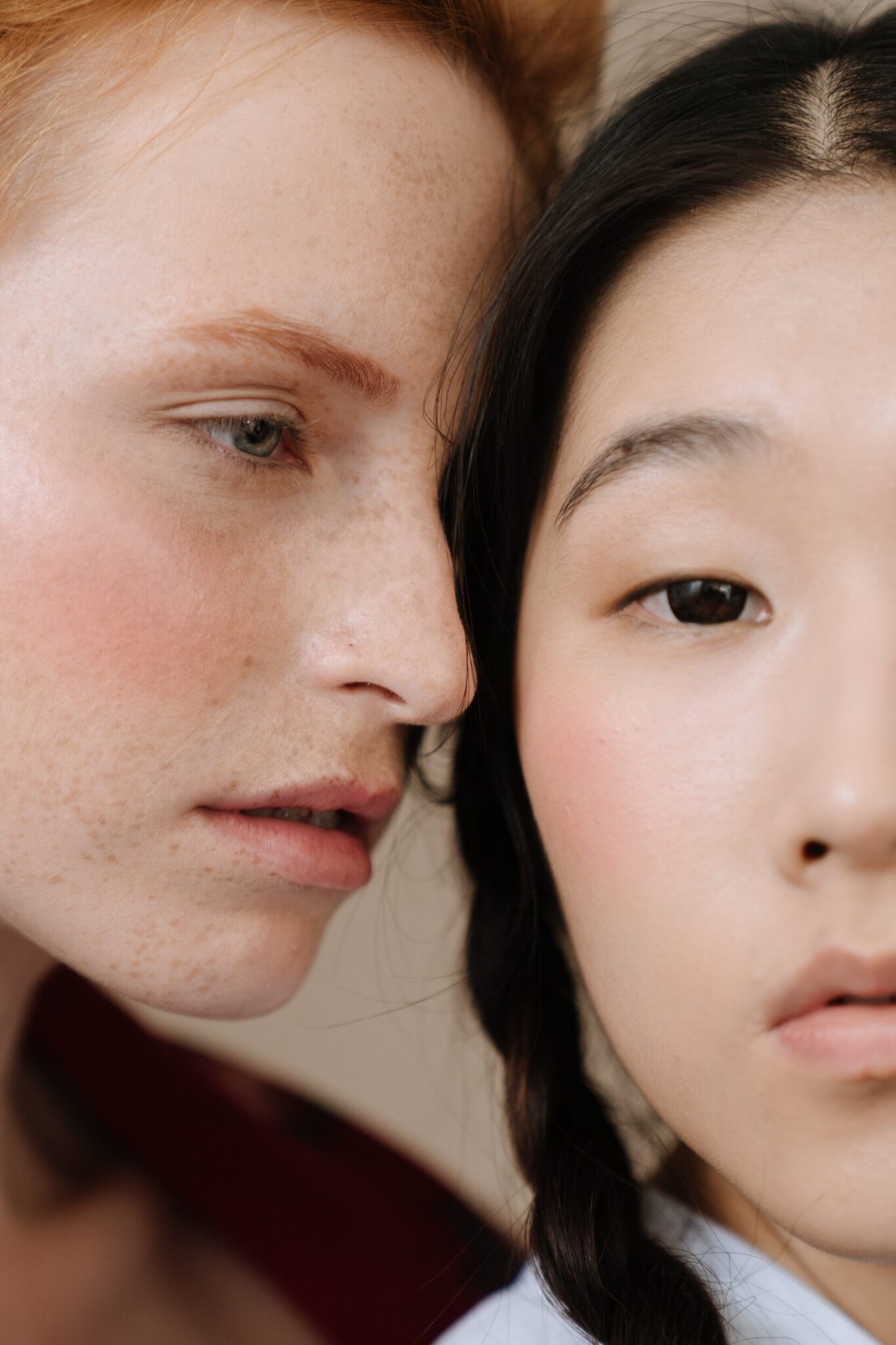
When should you consult for redness on the face?
If I’m in the phase of flush as more installed, the redness can generate a significant psychological and relational distress. This is why you shouldn’t hesitate to make an appointment with your primary care doctor or a dermatologist as soon as you feel the need. “Stress is one of the aggravating factors of rosacea, so we shouldn’t leave it around”advises the R&D manager. The impression of a swollen face and burns, tingling and the appearance of pimples should also lead to the consultation.
The proposed protocols are effective and the results are good, thoughthere is still no cure that restores all vascular resistance to the vessels. Depending on the clinical examination, the healthcare professional may prescribe a cream (metronidazole, azelaic acid, ivermectin, etc.) or an oral treatment (doxycycline, isotretinoin, etc.), but also recommend laser sessions to reduce redness and spider veins, visible small vessels on the surface of the skin which, unfortunately, will not go away on their own. Light therapy has also been shown to combat facial redness.
Shopping to combat facial redness
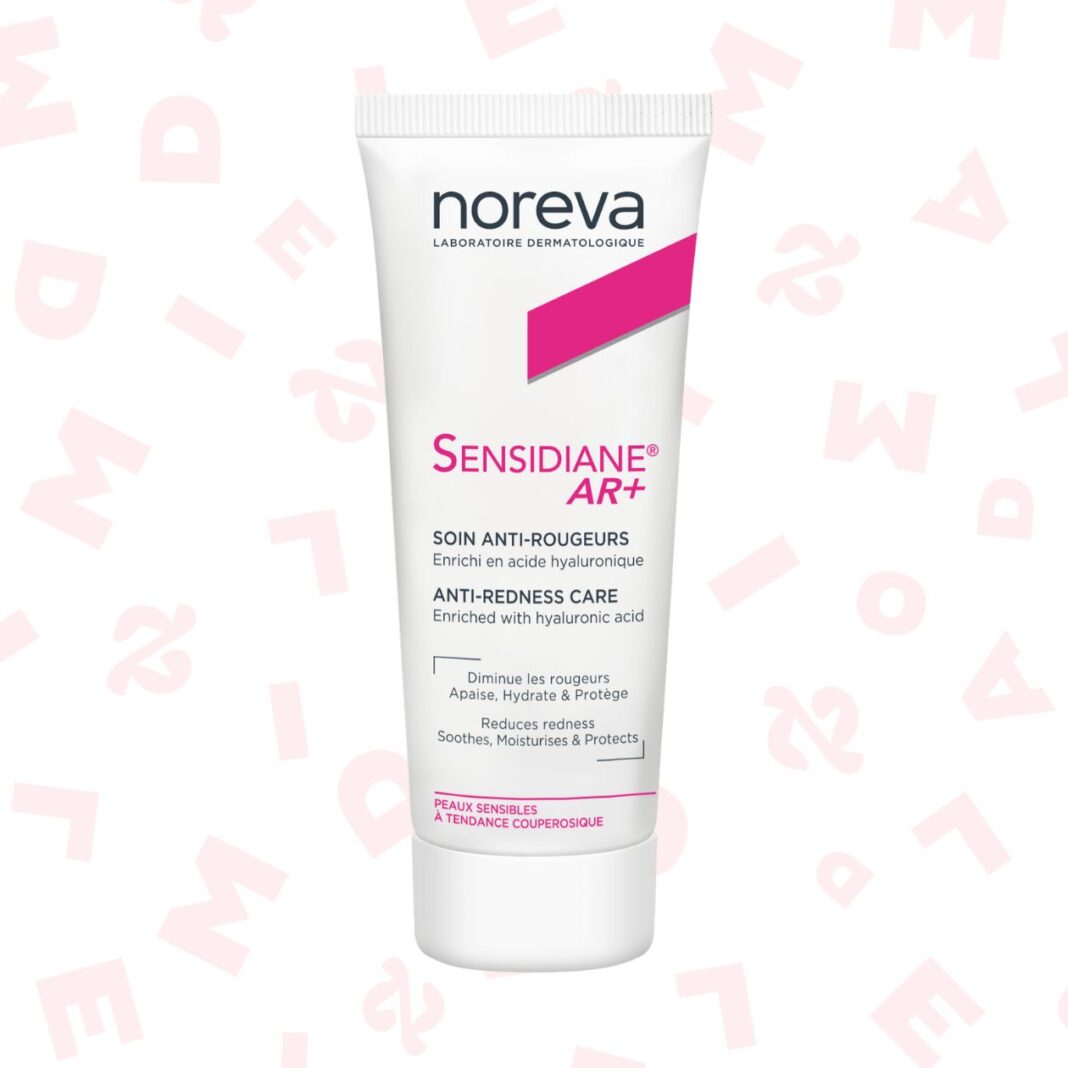
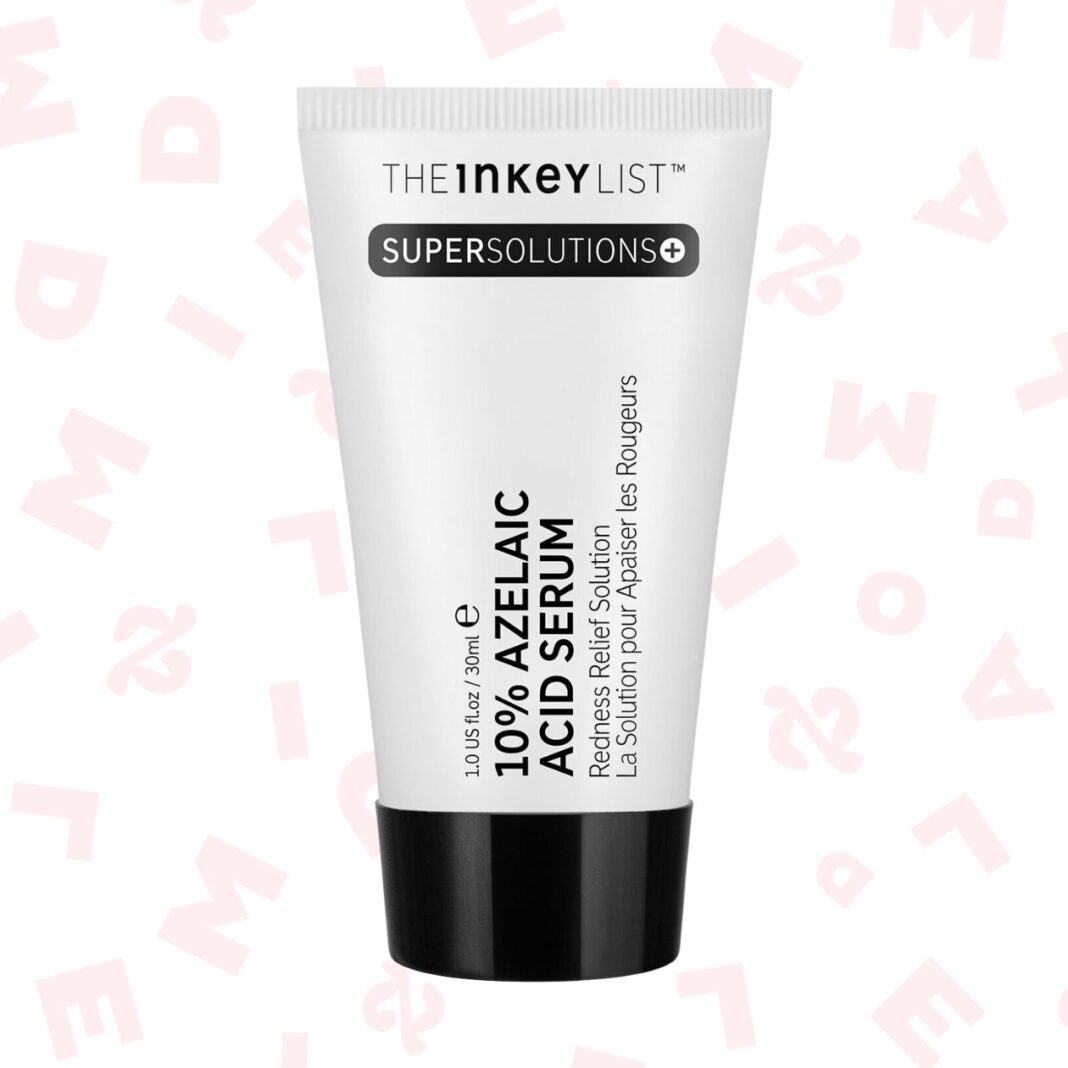
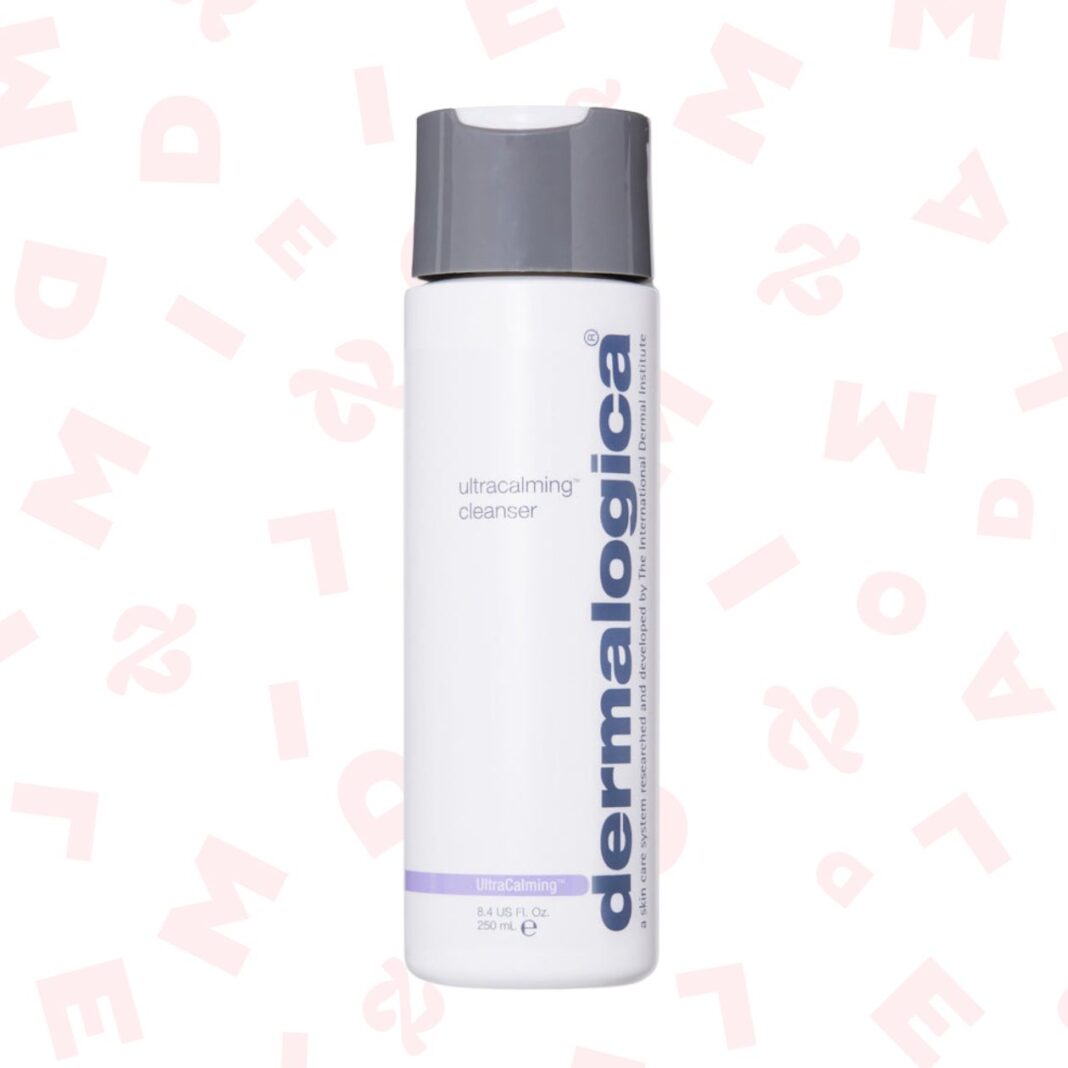
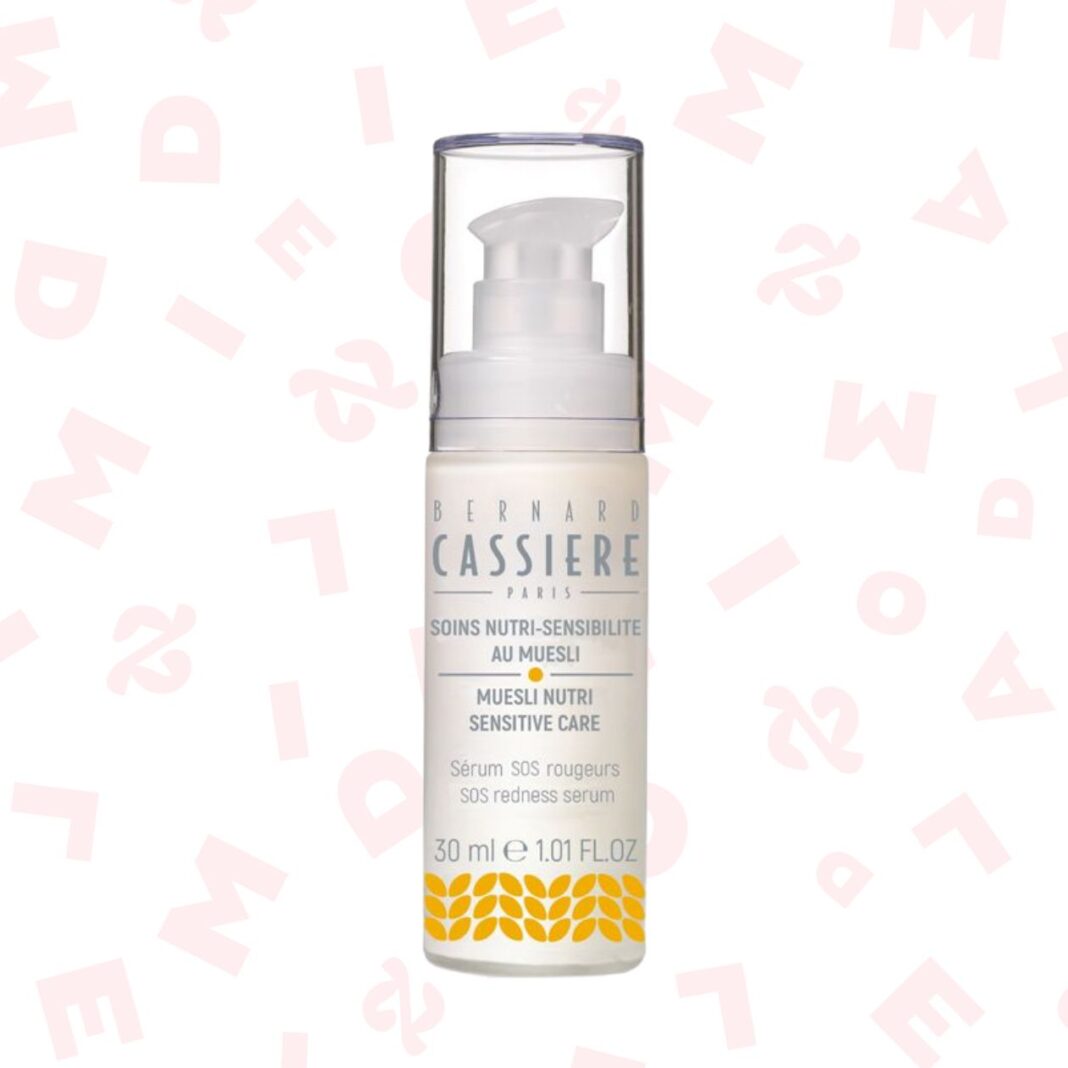
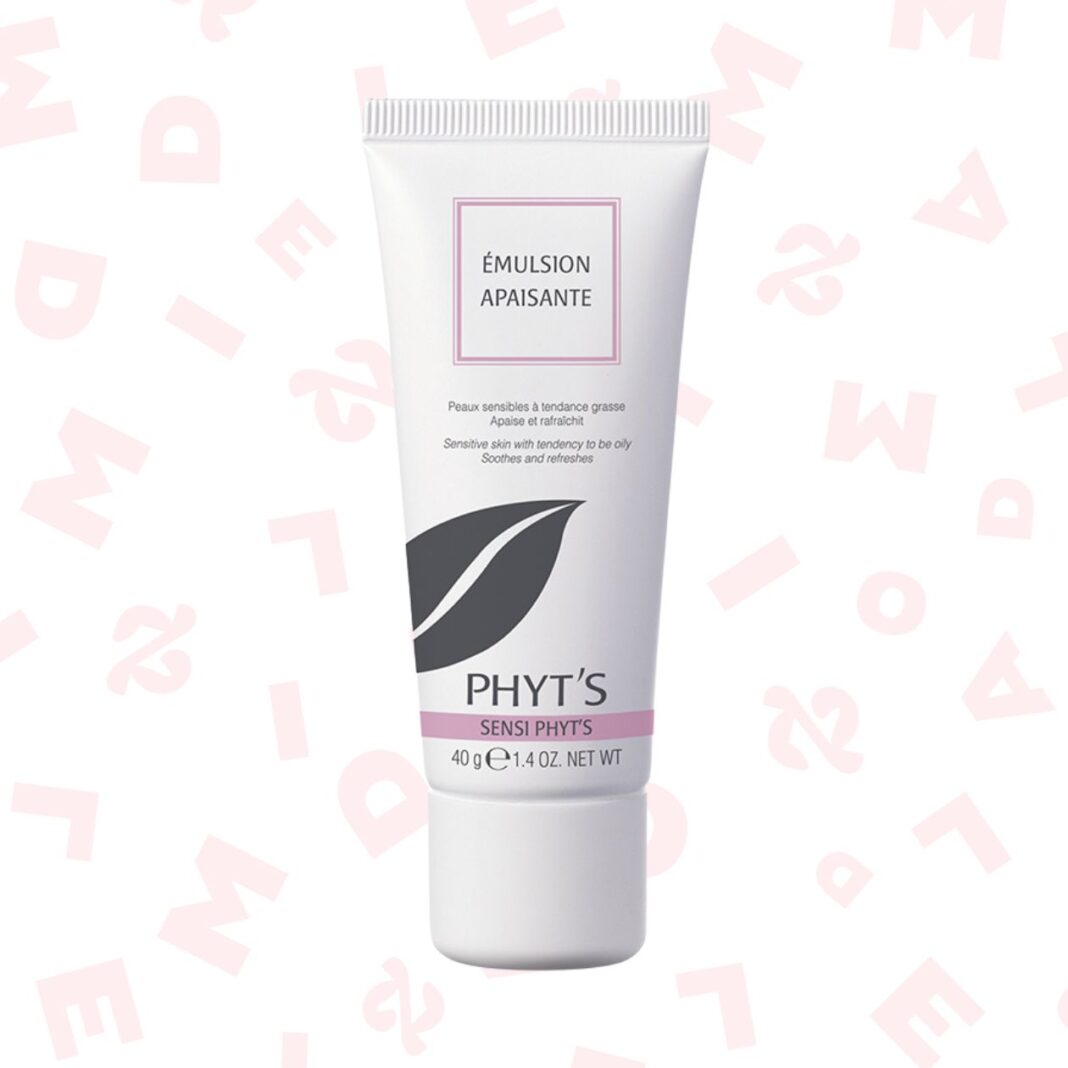
Front page image photo credit: Alena Shekhovtcova on Pexels
Source: Madmoizelle
Mary Crossley is an author at “The Fashion Vibes”. She is a seasoned journalist who is dedicated to delivering the latest news to her readers. With a keen sense of what’s important, Mary covers a wide range of topics, from politics to lifestyle and everything in between.



.png)
